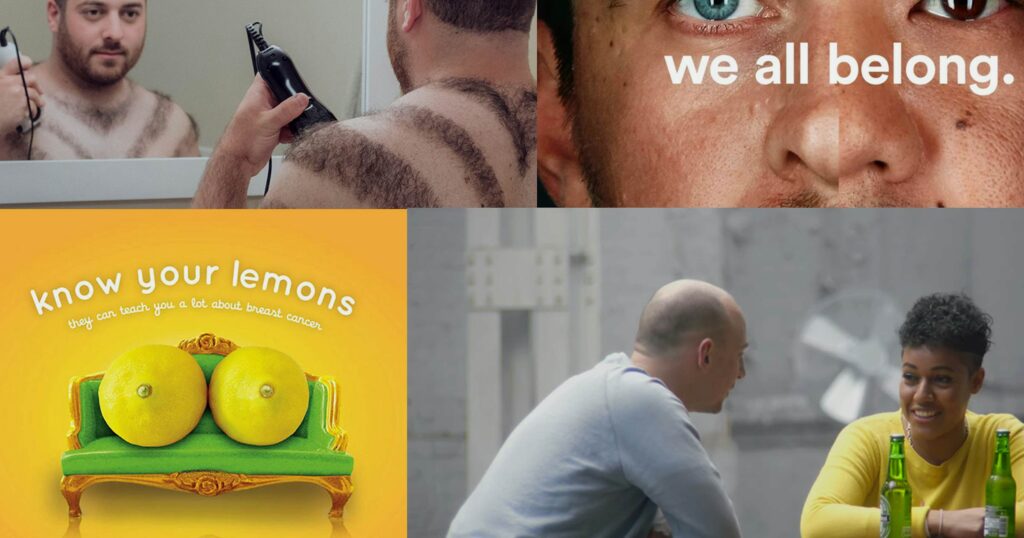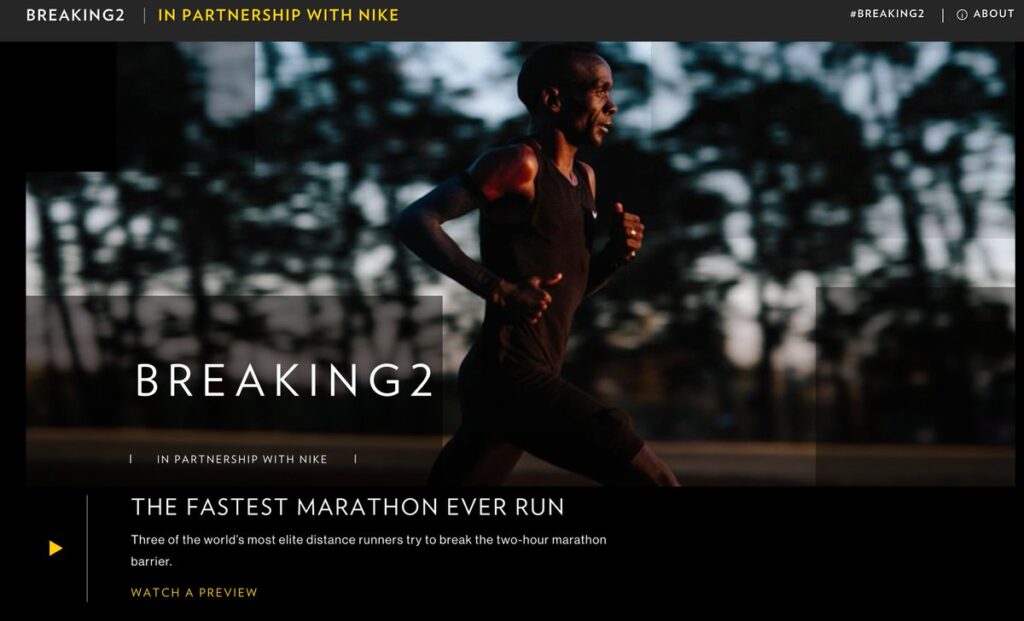
Storytelling Across Platforms: Extending Brand Reach in Cross-Media Narratives
In the digital age, where consumers navigate seamlessly between various platforms, brands are discovering the power of cross-media storytelling to amplify their narratives and reach wider audiences. This dynamic approach involves crafting a collaborative story that transcends individual platforms, creating a more immersive and interconnected brand experience.
Gone are the days when brand storytelling was confined to a single platform. Also part of the conversation is Transmedia Storytelling which started as multiple products telling the story and evolved with social media.
The Evolution of Brand Storytelling
Today, successful brands recognize the need to adapt and extend their narratives across multiple channels, leveraging the strengths of each medium to create a more compelling and holistic story.
The Cross-Media Landscape: A Symphony of Platforms
In a world saturated with content, brands are tapping into an array of platforms – social media, blogs, podcasts, Long Form Video, and more – to engage audiences at different touch points. This cross-media approach allows for a symphony of storytelling, where each platform plays a unique role in contributing to the overall narrative.
Let’s dive into the various components that can including in your cross-media strategy.

Key Components of Cross-Media Storytelling
1. Consistent Brand Voice: Regardless of the platform, maintaining a consistent brand voice is paramount. This helps in building a unified identity and ensures that audiences recognize and resonate with the brand’s message.
This can be the form of Satire, Holistic, Corporate, and more. Your copy, images, and post schedule, etc. must stay consistent. You need to align with people that get what your trying to say and feel connected to it. If it is all over the place or you are trying to appeal to every market you miss out on the opportunity to build a loyal following to start.
This will help sustain continued growth which will make it easier to diversify for new markets.
2. Adaptation to Medium: Each platform has its own language and content structure. Whether it’s the visual appeal of Instagram, the conversational tone of X, or the in-depth exploration of podcasts, adapting the storytelling approach to suit the medium enhances audience engagement.
For Example, your long-form podcast must be sectioned into smaller video or audio clips for Instagram.

3. Interactive Experiences: Incorporating interactive elements across platforms fosters audience participation. Polls, quizzes, and interactive content create a dynamic and memorable brand experience, encouraging users to actively engage with the narrative.
This makes it easier for onlookers or new fans to get a deeper understanding of your brand. They have to stop and think willingly to engage which gets you moved over to a relevant part of their lifestyle.
Case Studies: Brands Mastering Cross-Media Storytelling
Nike’s “Breaking2” Campaign: Nike seamlessly blended social media updates, documentaries, and live broadcasts to tell the captivating story of three runners attempting to break the two-hour marathon barrier. The campaign unfolded across platforms, creating anticipation and engagement.
Here is a look at one of their sections of the campaign. You watch a cinematic segment to continue the story. Attaching an emotion for that reliable touch point that people associate with Nike.


Coca-Cola’s “Share a Coke” Campaign: This global campaign utilized various mediums, including personalized product labels, social media, and commercials. By weaving a consistent narrative across channels, Coca-Cola encouraged consumers to share their unique experiences with the brand.
This generated user-generated content, in-person activation, and the flexibility to connect this story and many more stories that memories will always be attached to the Coca-Cola brand. This amplifyies a community around them.
The Impact: Extending Brand Reach and Building Communities
Cross-media storytelling not only broadens the reach of a brand but also fosters the creation of communities around shared narratives. Brands become a part of conversations in diverse spaces, connecting with audiences on a more profound level.
Get in on that word of mouth action.
Challenges and Considerations: Navigating the Cross-Media Landscape
While cross-media storytelling offers immense potential, brands must navigate challenges such as maintaining coherence, adapting to rapidly evolving platforms, and measuring the impact of their narratives across channels.
With that said, spend some time carrying out a story on one platform. Don’t spread your bandwidth and the impact of your hard work too thin. Also try to untilize A.I. and automations to help simply the process on a day to day and give you data on how be effective on your elaborative cross-media campaigns
Crafting the Tapestry of Brand Narratives
In the age of cross-media storytelling, brands have the opportunity to weave intricate narratives that resonate with audiences across diverse platforms. By embracing this dynamic approach, brands can extend their reach, create memorable experiences, and become integral parts of the evolving digital landscape. The future of brand storytelling lies in the seamless integration of narratives, inviting consumers to embark on a journey that transcends individual platforms.




